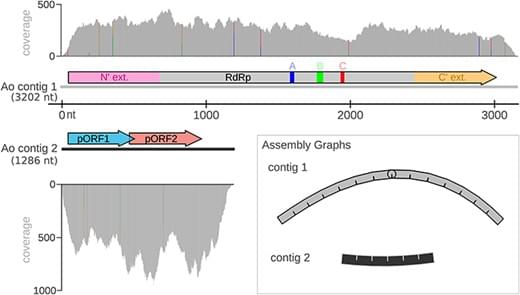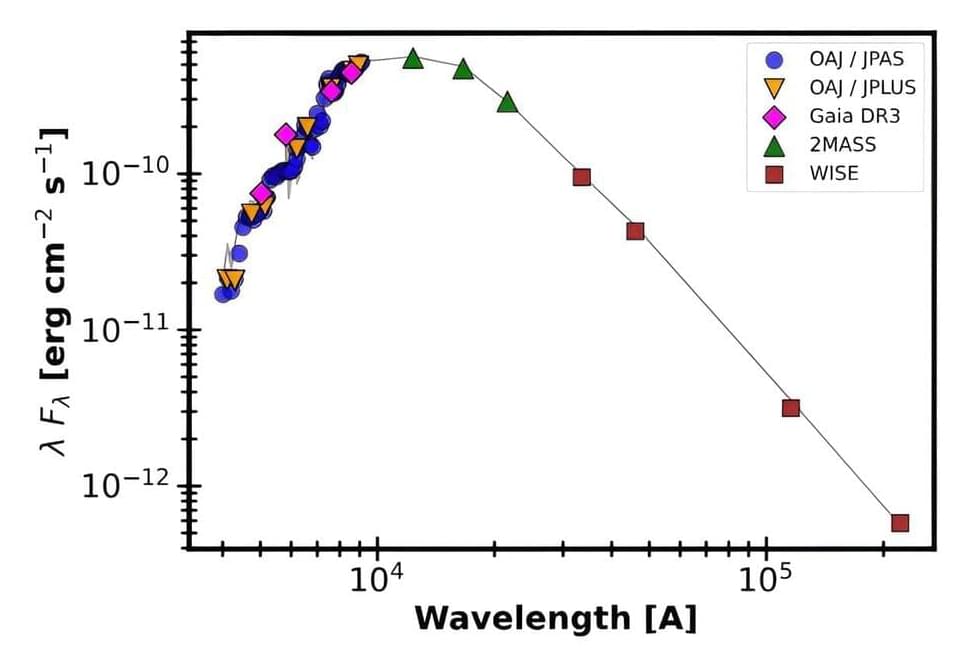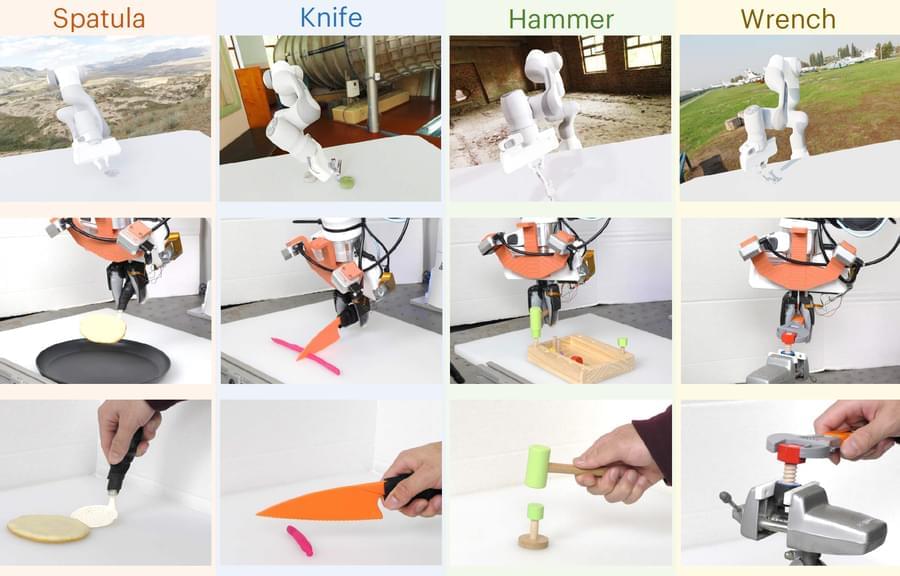For the last seven decades, astrophysicists have theorized the existence of “kugelblitze,” black holes caused by extremely high concentrations of light.
These special black holes, they speculated, might be linked to astronomical phenomena such as dark matter, and have even been suggested as the power source of hypothetical spaceship engines in the far future.
However, new theoretical physics research by a team of researchers at the University of Waterloo and Universidad Complutense de Madrid demonstrates that kugelblitze are impossible in our current universe. Their research, titled “No black holes from light,” is published on the arXiv preprint server and is forthcoming in Physical Review Letters.








